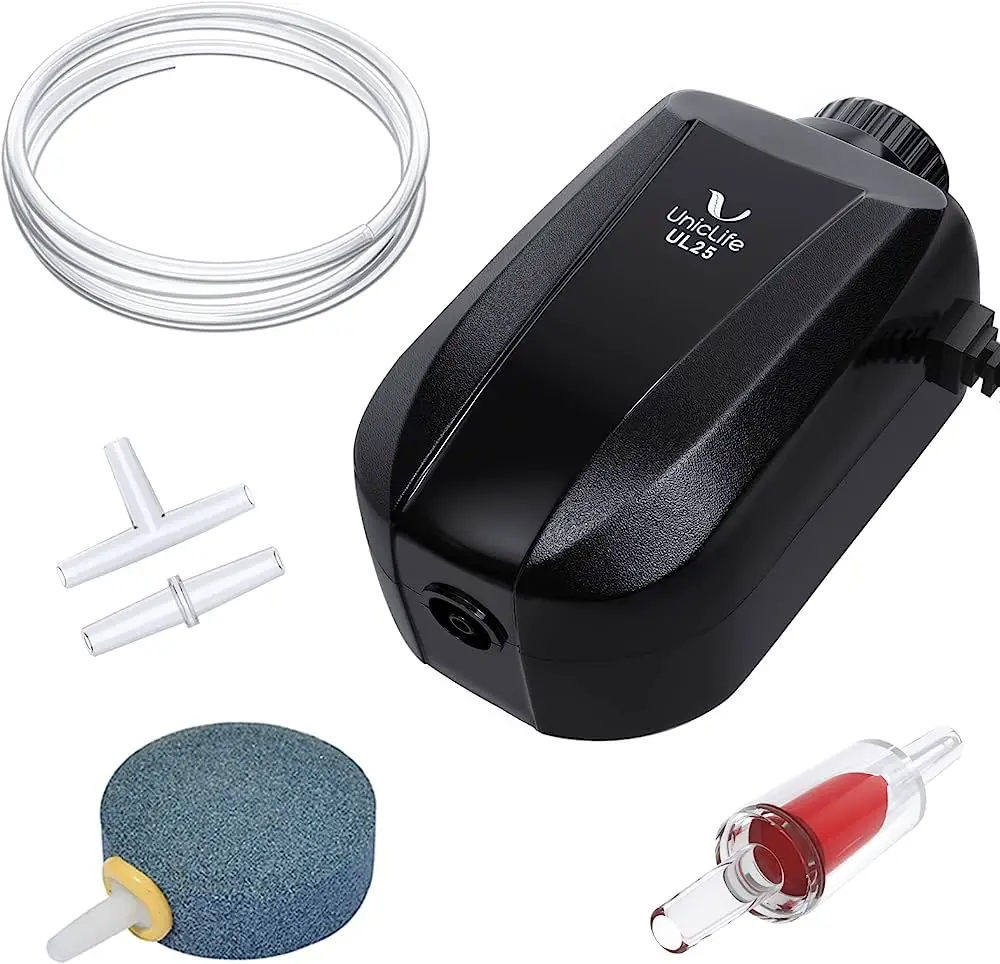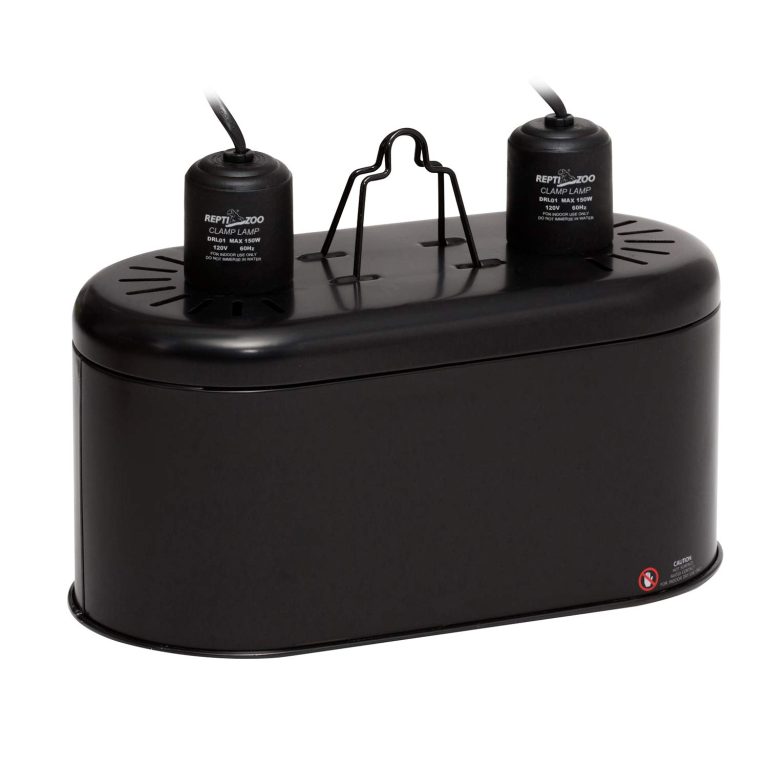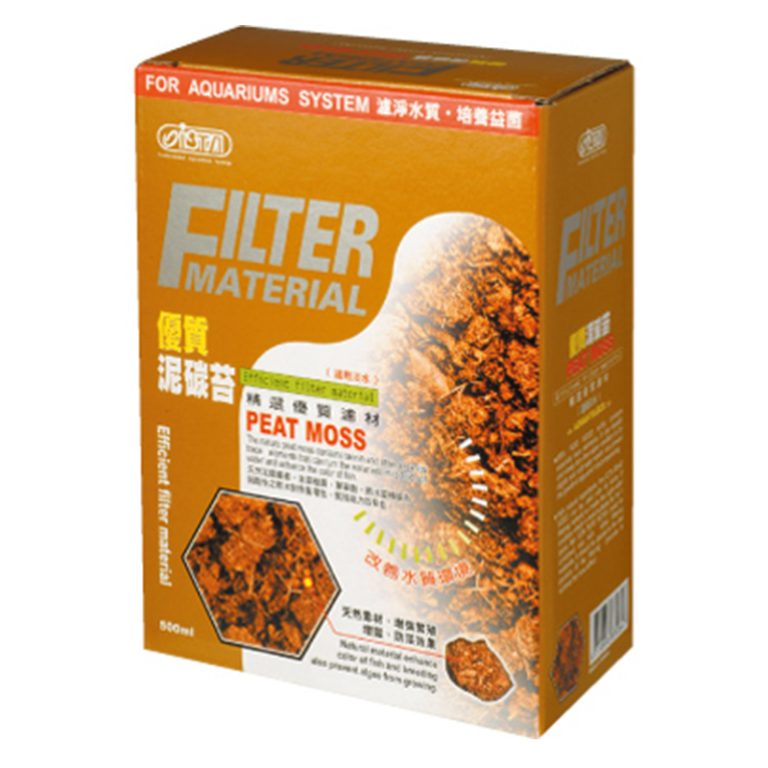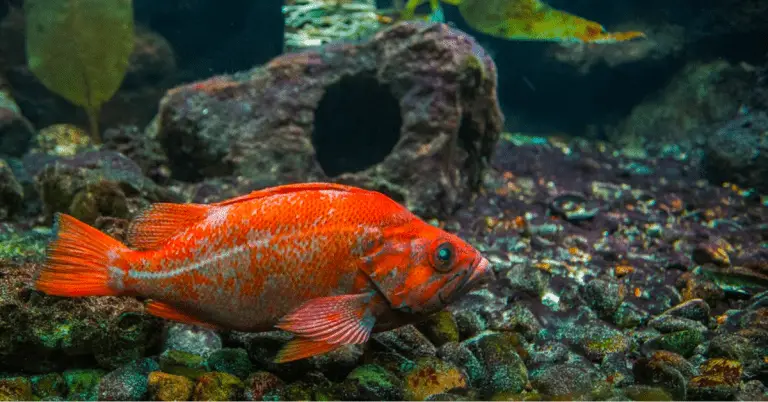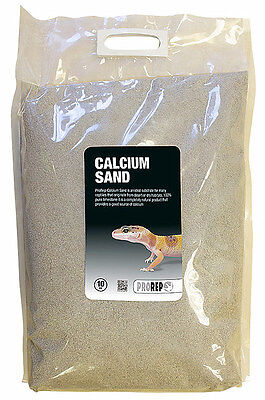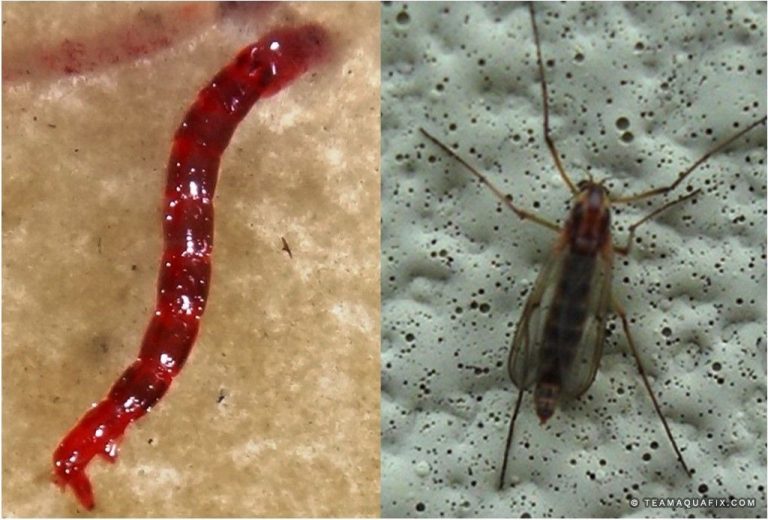Maximizing Oxygenation in Your Aquarium: Beyond the Air Stone
Air stones can only oxygenate a small area of an aquarium. Aeration in aquariums is important for maintaining a healthy environment for fish and plants.
Air stones, also known as diffusers, release small bubbles of air into the water, which increases the oxygen levels. However, they only oxygenate a limited area around them, typically within a few inches. This means that if you have a large aquarium or want to oxygenate the entire tank, you may need to use multiple air stones placed strategically throughout the tank.
Additionally, other aeration methods, such as powerheads or surface agitation, can also help in distributing oxygen more evenly throughout the aquarium. By providing proper aeration, you can ensure the well-being of your aquatic life.

Credit: hortamericas.com
Importance Of Oxygenation In Aquariums
Aquarium enthusiasts understand the importance of creating a healthy and balanced environment for their aquatic friends. While factors such as temperature, ph levels, and filtration systems are commonly considered, one crucial aspect is often overlooked: oxygenation. Ensuring adequate oxygen levels in the aquarium is vital for the well-being of the fish and other inhabitants.
In this section, we will explore the role of oxygen in fish health and the impact of inadequate oxygen levels on aquarium inhabitants.
Understanding The Role Of Oxygen In Fish Health
Fish breathe through their gills, extracting oxygen from the water. Oxygen is crucial for the fish’s cellular respiration process, allowing them to convert food into energy and carry out their essential bodily functions. Adequate oxygen levels support various physiological processes, including metabolism, growth, and immunity.
Here are the key points to consider:
- Oxygen is required for fish to break down the nutrients in their food and extract energy.
- It helps maintain the fish’s immune system, preventing diseases and promoting overall health.
- Sufficient oxygen enables fish to remain active, exhibiting natural behaviors and reducing stress levels.
- Oxygen promotes growth and development in juvenile fish by supporting the production of new cells and tissues.
The Impact Of Inadequate Oxygen Levels On Aquarium Inhabitants
Insufficient oxygen in the aquarium can have severe consequences on the well-being of the fish and other aquatic organisms. Here are some key points to consider:
- Lack of oxygen leads to fish suffocating, which can result in their death.
- Inadequate oxygenation can cause fish to become stressed, making them more susceptible to diseases and infections.
- Low oxygen levels hinder the fish’s digestion process, leading to poor nutrient absorption and weight loss.
- Insufficient oxygen can disrupt the delicate balance of the aquarium’s ecosystem, affecting other organisms such as plants, invertebrates, and beneficial bacteria.
As responsible fishkeepers, it is our duty to ensure optimal oxygen levels in the aquarium to support the health and well-being of our aquatic companions. By providing efficient aeration and oxygenation techniques, such as air stones and proper circulation, we can create a thriving environment that mimics their natural habitats.
Let’s dive deeper into the various techniques and methods available to enhance oxygenation in the upcoming sections.
Traditional Methods Of Oxygenation
Utilizing air stones for oxygenation:
- Air stones are commonly used in aquariums to oxygenate the water and provide a healthy environment for fish and other aquatic organisms.
- They work by creating small bubbles that rise to the surface, increasing the surface area of the water exposed to air.
- This process increases the oxygen exchange, ensuring that fish have an adequate supply of oxygen to breathe.
- Air stones are versatile and can be used in both freshwater and saltwater aquariums.
- They come in various shapes and sizes, allowing aquarium owners to choose the most suitable option for their setup.
- Air stones can be placed at the bottom of the aquarium or attached to an air pump to enhance their effectiveness.
- They are relatively inexpensive and easy to install, making them a popular choice among aquarium enthusiasts.
- Air stones also provide aesthetic value by creating a beautiful stream of bubbles in the tank.
Limitations and drawbacks of air stones:
- While air stones are effective in oxygenating the water, they do have some limitations and drawbacks to consider.
- Air stones primarily oxygenate a small area within the tank, generally where the bubbles emerge. The distribution of oxygen throughout the entire aquarium may not be uniform.
- The level of oxygenation achieved by air stones may not be sufficient for highly oxygen-demanding species or heavily stocked tanks.
- Air stones can produce a significant amount of noise, especially when used with high-powered air pumps. This may be disruptive for those who prefer a quieter tank environment.
- The bubbles created by air stones can also disturb the surface of the water and cause splashing, potentially leading to the loss of water and chemicals.
- In some cases, air stones can accumulate debris and require regular cleaning to maintain their effectiveness.
- Overall, while air stones provide a reliable and cost-effective method of oxygenation, they may not be suitable for all aquarium setups and situations. It’s important to consider other oxygenation methods or supplements for optimal fish health.
Exploring Alternative Oxygenation Techniques
Enhancing oxygen levels through water movement:
- Increasing water movement in your aquarium plays a crucial role in enhancing oxygenation levels. This can be achieved in various ways:
- Powerheads or wavemakers: These devices create currents and water flow within the tank, ensuring better distribution of oxygen throughout the aquarium.
- Increased circulation: By using powerheads or wavemakers strategically, you can create strong currents that promote better oxygen exchange between the water and the air.
- Oxygen distribution: The movement of water also ensures that oxygen is distributed evenly throughout the tank, reaching all areas where it’s needed.
Utilizing powerheads or wavemakers for increased circulation:
- Powerheads and wavemakers are popular tools for generating water flow and increasing circulation in aquariums. Here are some key points about their benefits:
- Improved oxygenation: These devices help circulate the water, promoting better oxygen exchange between the water and the air.
- Reducing dead spots: Powerheads and wavemakers can eliminate stagnant areas in the tank and improve water circulation, preventing the buildup of carbon dioxide and other harmful substances.
- Mimicking natural habitats: By creating currents reminiscent of natural water conditions, powerheads and wavemakers help create an environment conducive to the well-being of aquarium inhabitants.
Introduction of surface skimmers and overflow systems:
- Surface skimmers and overflow systems are effective tools for enhancing oxygen levels in aquariums. Here’s why they are worth considering:
- Optimizing surface area: Surface skimmers remove debris and organic matter from the water’s surface, which can obstruct oxygen exchange. This helps maximize the available surface area for gas exchange.
- Reducing film buildup: Skimmers also prevent the formation of an oily film on the water’s surface, which can hinder oxygenation by limiting contact with the air.
- Overflow systems: These systems enhance oxygenation by removing a portion of the water from the tank and directly exposing it to the air, promoting efficient gas exchange.
By exploring alternative oxygenation techniques such as enhancing water movement, utilizing powerheads or wavemakers, and introducing surface skimmers and overflow systems, you can ensure optimal oxygen levels in your aquarium. Implementing these techniques not only benefits your aquatic inhabitants but also contributes to the overall health and vitality of your aquarium ecosystem.
Incorporating Aquatic Plants For Oxygenation
Aquatic plants play a crucial role in maintaining a healthy and oxygen-rich environment in your aquarium. While air stones help in oxygenation, incorporating aquatic plants can significantly enhance the oxygen-producing capabilities of your tank. In this section, we will explore the importance of aquatic plants in oxygen production and how to properly select, position, and maintain them for optimal oxygenation.
The Role Of Aquatic Plants In Oxygen Production
Aquatic plants are photosynthetic organisms that absorb carbon dioxide and release oxygen through the process of photosynthesis. Here are some key points about their role in oxygen production:
- They generate oxygen during daylight hours, improving water quality and ensuring a steady supply of oxygen for your aquatic inhabitants.
- By absorbing carbon dioxide, they help maintain a stable ph level in the water, creating a more favorable environment for fish and other aquatic organisms.
- Through their extensive root systems, these plants aid in breaking down organic waste, preventing excess nutrients that can lead to algae growth and oxygen depletion.
- The overall presence of aquatic plants contributes to a balanced ecosystem, benefiting both the health and appearance of your aquarium.
Selecting Appropriate Plant Species For Oxygenation
Choosing the right aquatic plants is crucial for achieving effective oxygenation. Consider the following points when selecting plant species:
- Opt for submerged plants that release oxygen into the water column rather than floating plants that primarily oxygenate the air above the tank.
- Look for fast-growing plant species such as anacharis, hornwort, or water sprite, as they produce oxygen at a higher rate.
- Consider the growth habit and compatibility of the plants with the specific requirements of your aquarium, including lighting conditions and water parameters.
Proper Positioning And Maintenance For Optimal Oxygenation
To ensure maximum oxygen production, proper positioning and maintenance of aquatic plants are essential. Here’s what you need to know:
- Arrange the plants strategically throughout the aquarium to achieve optimal coverage and oxygenation.
- Place taller plants near the back and shorter ones towards the front to create depth and a natural aesthetic appeal.
- Regularly trim and prune the plants to promote healthy growth and prevent overcrowding, which can hinder oxygen production.
- Provide adequate lighting and ensure proper nutrient supplementation to promote robust plant growth and enhance their oxygenating capabilities.
By incorporating the right aquatic plants in your aquarium and maintaining them properly, you can create a well-oxygenated and thriving aquatic environment for your beloved fish and other inhabitants. Remember that while air stones have their role, the addition of aquatic plants can greatly enhance the overall oxygen production and contribute to a healthier ecosystem.
Implementing Aeration And Surface Agitation Techniques
Aquariums are tranquil havens that require proper care to maintain a healthy environment for aquatic life. Aeration and surface agitation play crucial roles in ensuring sufficient oxygen exchange and promoting the well-being of your underwater inhabitants. By employing effective techniques, such as air pumps, diffusers, and water circulation, you can optimize oxygen levels and maintain a thriving aquarium ecosystem.
Understanding Aeration And Its Benefits:
- Aeration is the process of introducing air into the aquarium to increase oxygen levels and remove harmful gases.
- Oxygen is vital for the survival of fish, invertebrates, and other organisms, as it supports their metabolic functions.
- Adequate oxygen levels enhance fish respiration, promote their immune system, and prevent stress or potential health issues.
Employing Air Pumps And Diffusers For Enhanced Oxygen Exchange:
- Air pumps are the heart of aeration systems, supplying a steady stream of air into the aquarium.
- They come in various sizes and power levels, allowing you to choose one that suits the volume of your tank.
- Air pumps can be connected to air stones or diffusers, which break up the air into small bubbles, maximizing surface area and improving oxygen exchange.
- Diffusers distribute the air evenly throughout the tank, preventing dead spots and ensuring effective aeration.
Optimizing Surface Agitation With Water Circulation:
- Surface agitation is essential for maintaining proper gas exchange between the aquarium and the atmosphere.
- Water circulation devices, such as powerheads or circulation pumps, create movement on the water’s surface, increasing the oxygen transfer rate.
- By breaking the water’s surface tension, these devices facilitate the exchange of gases, allowing oxygen to dissolve into the water and carbon dioxide to escape.
- Properly positioned water circulation equipment can also help prevent the buildup of debris and ensure uniform temperature distribution.
Implementing aeration and surface agitation techniques in your aquarium guarantees a flourishing and vibrant aquatic environment. Prioritize the well-being of your fish by providing them with ample oxygen and a healthy habitat they can thrive in. Remember, healthy oxygen levels are not limited to a small area of the aquarium, but rather encompass the entire tank, ensuring optimal conditions for all its inhabitants.
Enhancing Water Quality For Improved Oxygenation
Maintaining proper filtration to minimize pollutants:
- Investing in a good filtration system is essential for maintaining a healthy aquarium environment. This helps to minimize the accumulation of pollutants that can negatively impact water quality and oxygen levels.
- The filtration system should consist of mechanical, chemical, and biological filtration components to effectively remove debris, toxins, and excess nutrients from the water.
- Regularly cleaning and replacing filter media is necessary to ensure optimal performance and prevent clogging, which can impede water flow and reduce oxygenation.
Controlling waste accumulation with regular water changes:
- Waste accumulation is a common issue in aquariums and can lead to decreased water quality and oxygen levels. Regular water changes help to dilute and remove accumulated waste, improving oxygenation.
- A general rule of thumb is to perform a 10-20% water change every 1-2 weeks, depending on the size and stocking level of the aquarium. This helps to maintain a healthy balance and prevent waste buildup.
- It is important to match the temperature, ph, and other water parameters when performing water changes to minimize stress on the fish and other inhabitants of the aquarium.
Monitoring and adjusting water parameters to support oxygenation:
- Monitoring water parameters such as temperature, ph, ammonia, nitrite, and nitrate levels is crucial for ensuring optimal oxygenation in the aquarium.
- A temperature range of 72-78°f (22-25°c) is generally suitable for most freshwater aquariums, while ph levels should be kept within the ideal range for the specific fish species.
- High ammonia and nitrite levels can be toxic to fish and other aquatic organisms, leading to decreased oxygenation. Regular testing and appropriate adjustments should be made to maintain healthy water conditions.
- Nitrate levels should also be monitored and kept at a safe level, as excessive nitrate can hamper oxygenation and promote algae growth.
- Water conditioners and additives can be used to control and stabilize water parameters, if necessary, but should be used cautiously and in accordance with the manufacturer’s instructions.
By following these practices of maintaining proper filtration, controlling waste accumulation, and monitoring water parameters, you can enhance water quality in your aquarium and promote improved oxygenation. This in turn creates a healthier and more vibrant aquatic environment for your fish and other inhabitants.
The Role Of Temperature In Oxygenation
When it comes to maintaining a healthy aquarium, ensuring optimal oxygen levels is crucial for the well-being of your aquatic pets. While air stones are commonly used to oxygenate aquarium water, there have been questions about whether they only oxygenate a small area of the tank.
In this section, we will explore the role of temperature in oxygenation and how to manage water temperature to optimize oxygen levels in your aquarium.
Understanding The Relationship Between Temperature And Dissolved Oxygen:
- The solubility of oxygen in water decreases as temperature increases.
- Warmer water holds less dissolved oxygen compared to cooler water.
- Lower oxygen levels can lead to stress or even suffocation for fish and other aquatic organisms.
Managing Water Temperature To Optimize Oxygen Levels:
- It is important to monitor and maintain the temperature of your aquarium within the suitable range for your aquatic pets.
- Research the specific temperature requirements of your fish species and adjust accordingly.
- Use a reliable aquarium thermometer to ensure accurate temperature readings.
- Consider using a heater or chiller to maintain a stable temperature if necessary.
- Avoid sudden fluctuations in temperature as it can negatively impact oxygen levels.
- Regularly check water temperature to address any deviations promptly.
By understanding the relationship between temperature and dissolved oxygen, you can effectively manage water temperature in your aquarium to optimize oxygen levels. This will contribute to a healthier and more vibrant aquatic environment for your beloved fish. Keep in mind that each fish species may have specific temperature requirements, so it is essential to research and cater to their individual needs.
With proper temperature management, you can ensure adequate oxygenation throughout your aquarium.
Enhancing Oxygen Levels In Saltwater Aquariums
Saltwater aquariums require proper oxygenation to support the life of the marine organisms living within them. Inadequate oxygen levels can lead to stress, illness, and even death in fish and other aquatic species. To ensure optimal oxygen exchange in your saltwater aquarium, there are several key strategies you can implement.
Implementing Protein Skimmers For Oxygenation:
- Protein skimmers are valuable devices that help remove organic compounds, proteins, and other pollutants from the water. They improve oxygen levels by enhancing gas exchange at the surface of the aquarium water.
- These skimmers create tiny bubbles that trap and remove organic waste, allowing for increased oxygenation.
- Ensure you choose a protein skimmer appropriate for the size of your aquarium to achieve maximum efficiency.
Incorporating Live Rock And Sand Beds For Improved Oxygen Exchange:
- Live rock and sand beds provide a natural and effective way to enhance oxygen levels in your saltwater aquarium.
- Beneficial bacteria colonize these surfaces, which aids in the breakdown of organic waste and the release of oxygen.
- Additionally, live rock and sand beds offer areas for small critters to thrive, which further contributes to a healthy ecosystem.
Establishing A Balanced Ecosystem For Efficient Oxygen Production:
- Creating a balanced ecosystem is crucial in maintaining stable oxygen levels in your saltwater aquarium.
- Ensure you have a variety of coral, plants, and algae that produce oxygen through photosynthesis.
- Introduce suitable fish and invertebrates that facilitate oxygen production by consuming excess oxygen-consuming organisms such as algae.
- Regularly monitor water parameters and maintain appropriate nutrient levels to sustain a healthy ecosystem and efficient oxygen production.
By implementing protein skimmers, incorporating live rock and sand beds, and establishing a balanced ecosystem, you can significantly enhance the oxygen levels in your saltwater aquarium. Remember to monitor and adjust as needed to provide the best living conditions for your marine organisms.
Happy aquarium-keeping!
Frequently Asked Questions On Do Air Stones Only Oxegenate A Small Area Of Aquarium
How Do Air Stones Oxygenate An Aquarium?
Air stones oxygenate an aquarium by creating small air bubbles that increase the surface area for oxygen exchange in the water.
Can Air Stones Oxygenate The Entire Aquarium?
While air stones are efficient in oxygenating small areas, for larger aquariums, multiple air stones or a combination of other aeration techniques may be necessary.
What Are The Benefits Of Using Air Stones In An Aquarium?
Air stones not only oxygenate the water but also help in distributing heat, promote healthy bacterial growth, and provide visual appeal with their aesthetic bubbles.
Are Air Stones Necessary For Aquariums With Live Plants?
Although not necessary, air stones can still be beneficial for aquariums with live plants as they help in maintaining oxygen levels and prevent stagnant pockets of water.
Conclusion
It is clear that air stones play a significant role in oxygenating aquarium water. While they may only oxygenate a small area directly around the stone itself, their impact spreads throughout the entire tank, benefiting the aquatic life within. With proper placement and regular maintenance, air stones can create a healthy and thriving environment for fish, plants, and other organisms.
The bubbles produced by air stones facilitate the exchange of gases, enhancing water circulation and reducing the risk of stagnant areas. Furthermore, the aesthetic appeal of the bubbles adds a visually pleasing aspect to the aquarium. By choosing the right air stone size and combining it with other forms of aeration, such as filters and water movement devices, the oxygenation needs of an aquarium can be met efficiently.
Always remember to monitor and adjust the air flow to suit the specific requirements of your aquatic ecosystem.
